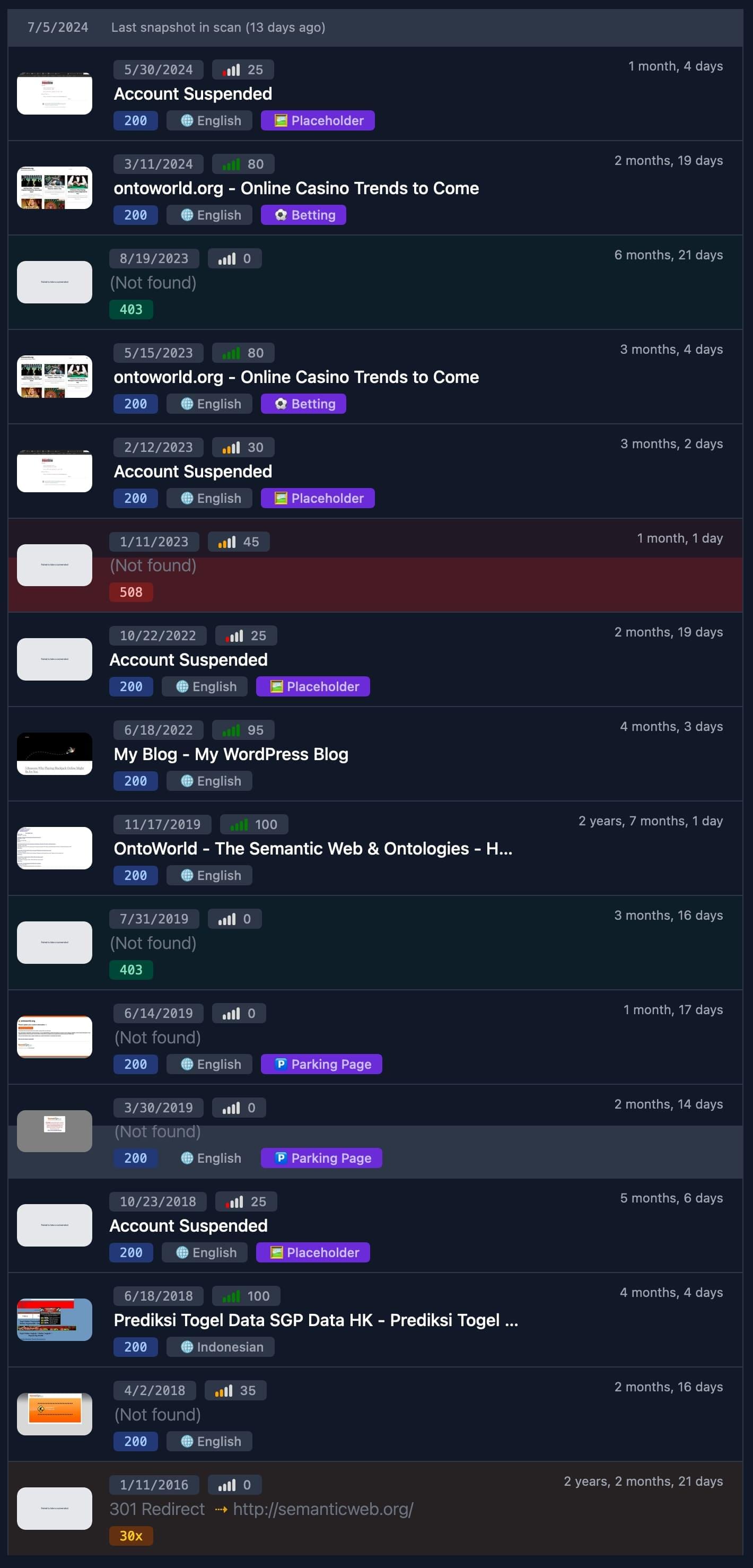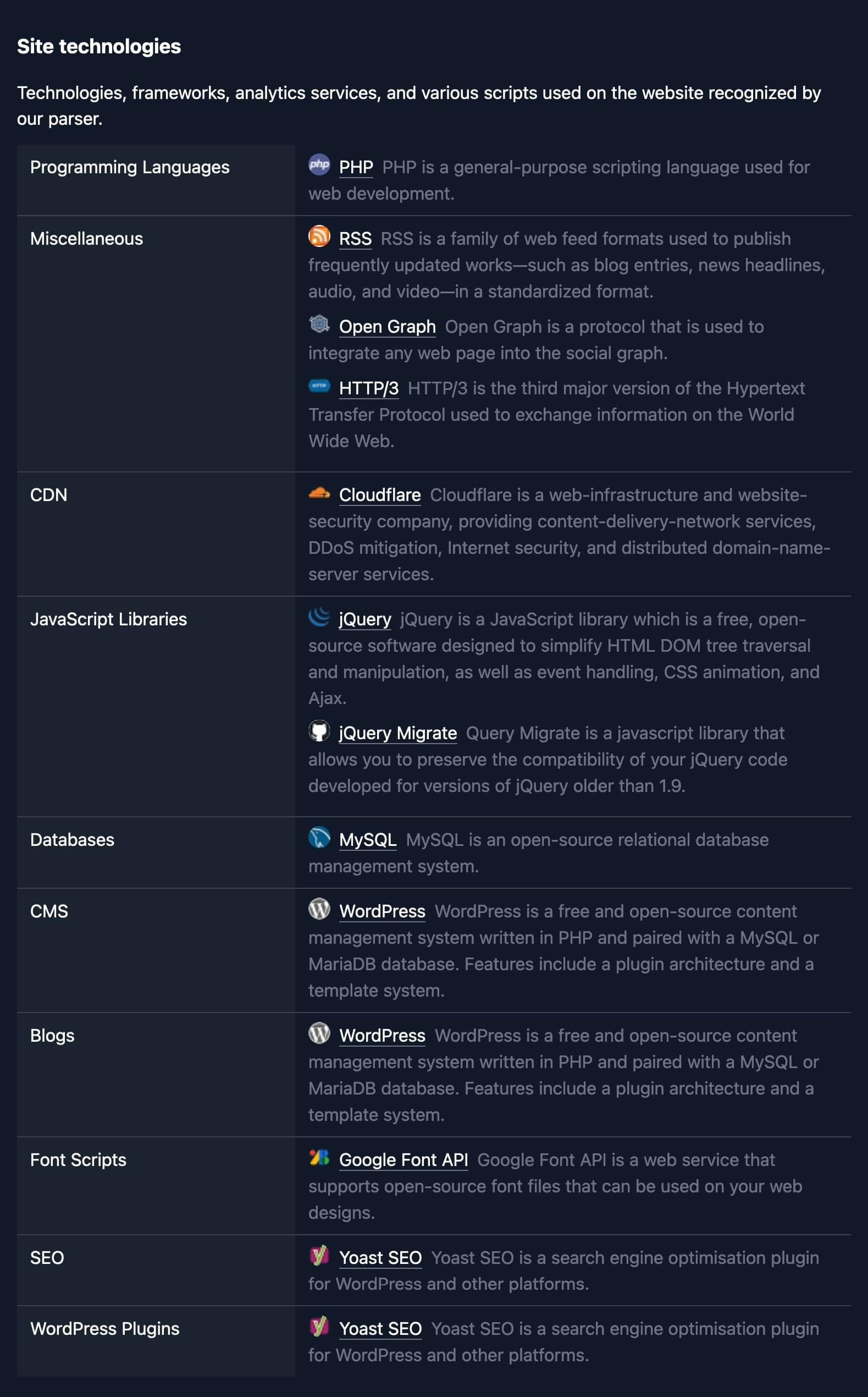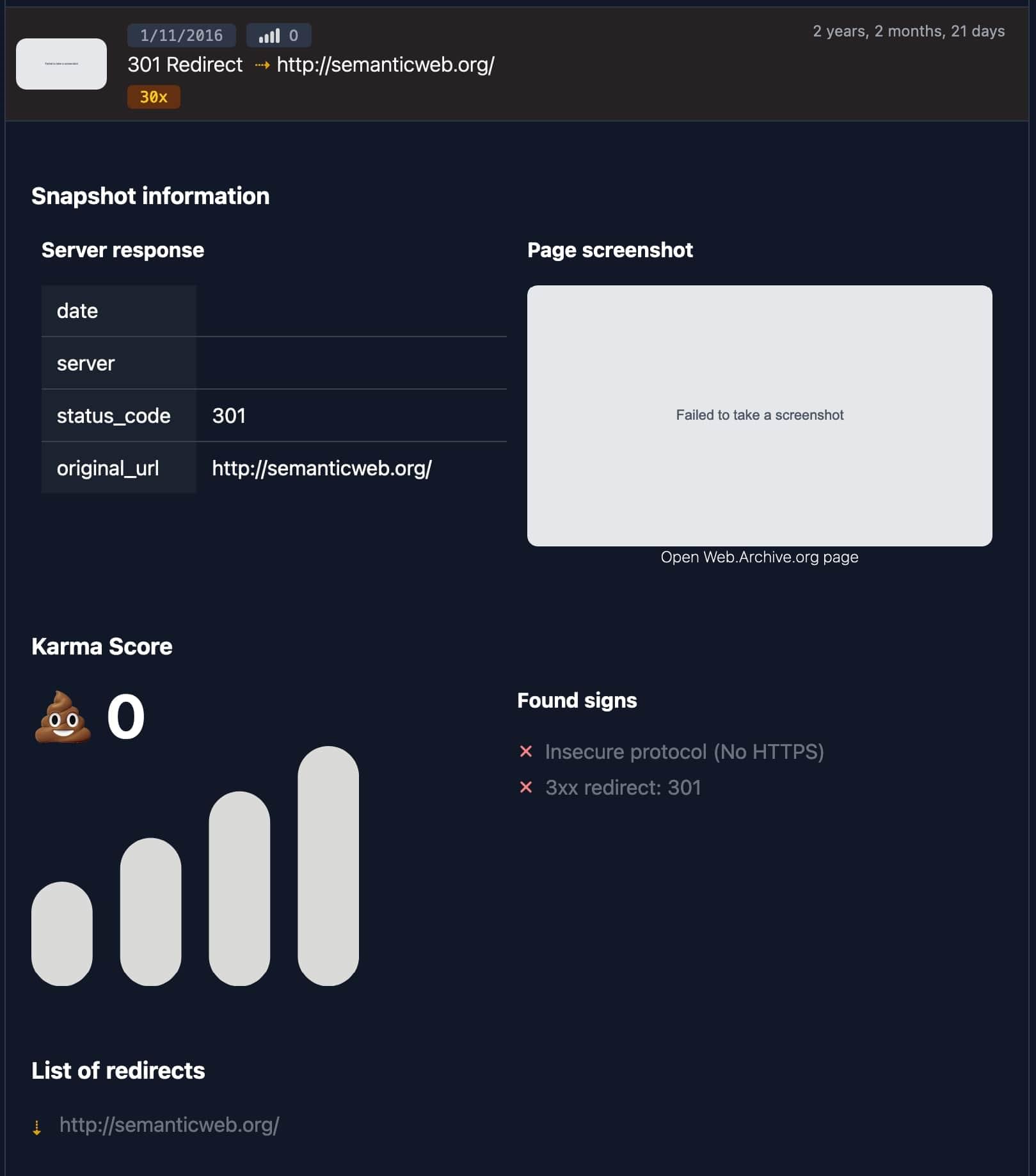What Makes DropCatch Different: Drop-Catching vs. Standard Auctions
Standard auctions (like GoDaddy Expired) list domains during their expiry cycle—you're bidding before the domain fully drops.
Drop-catching (DropCatch model) works differently:
- Domain completes its lifecycle (grace → redemption → pending delete).
- Registry deletes the domain at a precise moment.
- Drop-catchers race to register it milliseconds after deletion.
- If multiple backorders exist, the catcher runs a public auction.
The edge: Drop-catching gives you access to names that expired owners never listed for sale—domains that "fell through" the system. DropCatch competes in this millisecond race and, when successful, offers the domain to backorder holders via auction.
DropCatch's advantage: They own NameBright (a full registrar), giving them direct registration infrastructure—no middleman API delays. This makes them one of the faster catchers in the game. DropCatch processes 60,000–85,000 dropping domains daily (primarily .com and .net), making it one of the most active drop-catch platforms.
The DropCatch Lifecycle: Backorder → Catch → Auction → Win
Phase 1: Backorder Placement
When to act: As soon as a domain enters "pending delete" status (typically 5 days before drop).
How it works: You place a backorder (essentially a "registration request"). If only you backorder and DropCatch catches it, you get it directly. If multiple people backorder, DropCatch triggers an auction.
Cost: Backorder fees are minimal (often $59–$69 depending on TLD). You only pay if you win.
Karma.Domains tracks pending-delete domains across registrars daily, showing you drop dates, Wayback history, and backlink quality—so you can identify worthwhile backorders before DropCatch even lists them publicly.
Phase 2: The Catch Attempt
The race: At the exact microsecond the domain deletes, DropCatch's infrastructure attempts registration.
Success rate: Not guaranteed. Even with a backorder, DropCatch might "miss" the catch. Competing services (SnapNames, NameJet) are racing simultaneously.
User feedback: Forums show mixed results—some users report high miss rates; others say DropCatch is among the most consistent catchers. No drop-catcher wins 100%.
Phase 3: Auction (If Multiple Backorders)
Trigger: If DropCatch catches a domain with 2+ backorders, it goes to public auction on their platform.
Duration: Typically 3–5 days.
Bidding: Proxy bid system with increments. Late bids trigger auto-extensions (commonly +5 minutes).
The table above shows these live auctions—current bid, backorder count, time remaining—updated hourly.
Phase 4: Payment & Transfer
Payment window: Winning bidders typically pay within 48 hours.
Domain delivery: The domain moves to NameBright (DropCatch's registrar). You log in with your DropCatch credentials to access it.
Renewal: Includes a 1-year registration/renewal; plan for this cost on top of your bid.
Why Backorder Through DropCatch?
Pros
- Access to "invisible" drops: Names that never hit registrar auctions.
- Fair auction model: If multiple backorders exist, everyone competes transparently.
- Registrar integration: Instant access via NameBright; no waiting for external transfers.
- Marketplace option: You can also list domains you already own for sale.
Cons / Realities
- Catch rate isn't 100%: You'll see "missed it" messages—competitors caught it, or timing failed.
- Auction delays: Forum users report delays up to 24 hours before auction confirmation.
- Competitive pricing: Popular names attract multiple backorders = bidding wars.
- Grace period wildcards: Rare, but the original owner can still redeem during redemption.
- Account verification: Some users report requiring ID verification and credit card info for higher-value bids or payouts.
Bottom line: DropCatch is a numbers game. Backorder 10 domains; expect to win 2–4 if they're not ultra-competitive. But those 2–4 can be gems no one else found.
Smart DropCatch Strategies
1. Backorder early
Don't wait for drop day. Place backorders as soon as domains hit pending-delete status (5 days before drop).
2. Filter before you backorder
Use Karma.Domains to pre-screen pending-delete domains: Wayback timeline analysis flags pharma/casino/piracy eras; backlink reports show Ahrefs DR, Majestic TF, Semrush referring domains—all before you commit to a backorder.
3. Spread your bets
Backorder 10–20 domains per week instead of putting all chips on 1–2 names. Diversify by niche and TLD.
4. Watch for auction triggers
If DropCatch catches a domain with multiple backorders, you'll get notified. Jump into the auction immediately; don't assume you're the only bidder.
5. Set rational maximums
Proxy bid with a ceiling based on domain value to you, not on "fear of missing out." Factor in backlink quality, traffic estimates, brandability.
6. Monitor NameBright after winning
Domains land in NameBright. Log in with your DropCatch credentials to confirm delivery and set up DNS.
Pre-Backorder Due Diligence (5-Minute Drill)
Before you backorder a pending-delete domain on DropCatch:
1. Wayback sanity check
Scan for toxic eras (pharma spam, casino redirects). One bad snapshot can ruin the domain's value. Karma.Domains auto-analyzes Wayback timelines for pending-delete domains, showing you red flags upfront.
2. Backlink quality scan
Check Ahrefs DR, Majestic TF, Semrush referring domains. Look for editorial, topic-relevant links—not just volume. Karma.Domains consolidates all three metrics side-by-side for every pending-delete candidate.
3. Traffic validation
If the domain shows traffic estimates (Semrush/Similarweb), cross-check for consistency. Sudden recent spikes = bot noise.
4. Trademark screening
Quick USPTO/EUIPO search. Backording a trademarked term invites UDRP complaints after you win.
5. Drop-catcher competition check
See how many backorders exist on DropCatch competitors (NameJet, SnapNames). High counts across platforms = fierce competition.
How Karma.Domains Helps You Win Better DropCatch Auctions
The problem: DropCatch lists thousands of pending-delete domains weekly. Most are junk—parked spam, toxic redirects, worthless backlinks.
The solution: Karma.Domains tracks pending-delete domains across all registrars, then layers on:
- Wayback analysis: Auto-flags pharma, casino, piracy eras; highlights redirect anomalies.
- Backlink consolidated view: Ahrefs DR, Majestic TF, Semrush referring domains—all in one report.
- Traffic estimates: Semrush organic visits, Similarweb totals (where available).
- Drop date tracking: Know exactly when each domain will delete.
- DropCatch backorder status: See current backorder counts and auction activity.
Workflow:
Filter for clean pending-delete candidates in Karma.Domains → backorder on DropCatch → monitor auction → win with rational max → access via NameBright.
Quick Pre-Backorder Checklist
- Drop date confirmed: Know the exact deletion time; backorder at least 2–3 days early.
- Wayback clean: No toxic eras; content themes align with your plan.
- Backlinks quality: Editorial, topic-relevant referrers—not spam networks.
- Backorder competition assessed: Check counts on DropCatch and competing services.
- Max bid rational: Based on domain value, not ego or hype.
- NameBright access ready: After winning, log in with DropCatch credentials.
Bottom line: DropCatch offers access to domains other auctions never see—names that "fell through" the system. But success requires strategy: backorder early, filter aggressively, spread your bets, and use external tools like Karma.Domains to pre-vet candidates. The table above (updated hourly) shows live DropCatch auctions with real backorder competition—giving you a head start on finding winnable drops.



